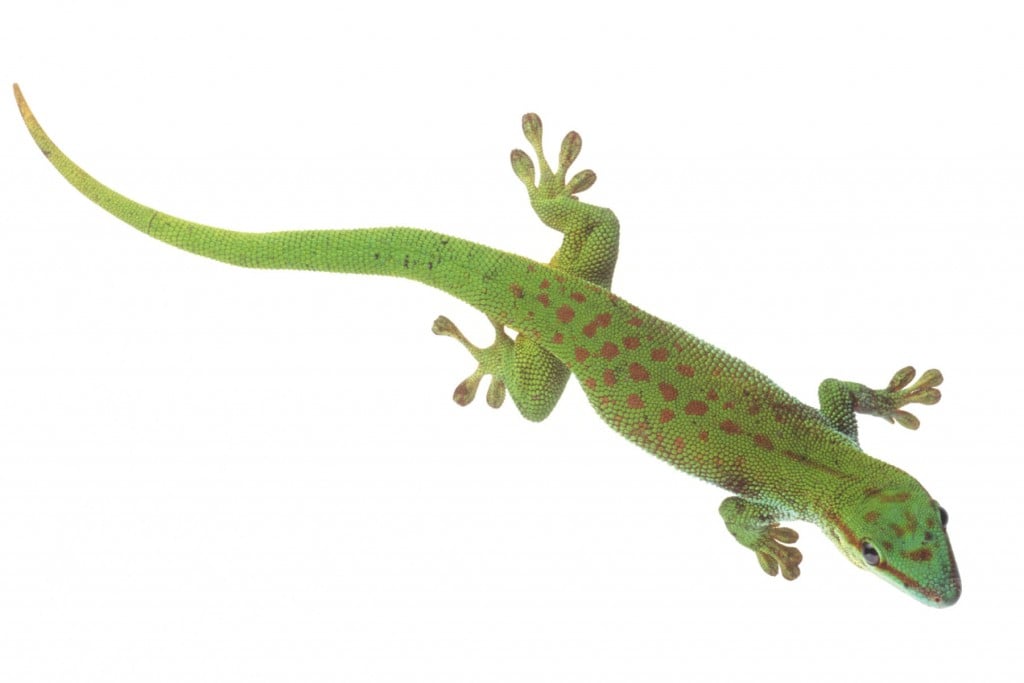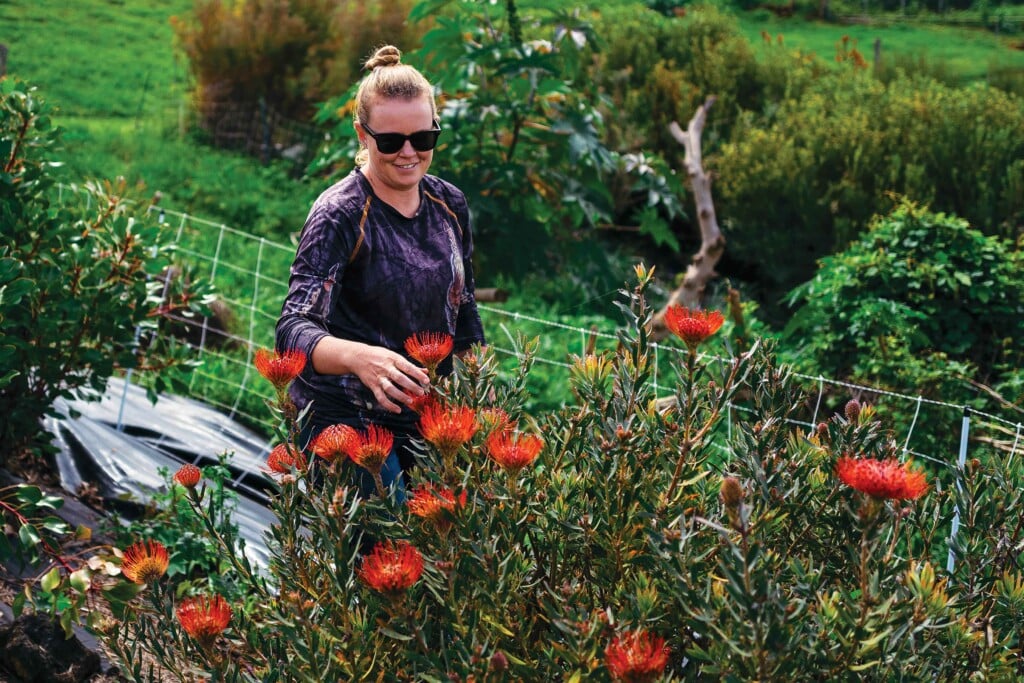All of Hawaii’s Eight Gecko Species are Nonnative
Geckos are iconic in Hawaiʻi, as much as pineapples or ukuleles, and, like them, are not native to the Islands. The Polynesians brought them here about 1,500 years ago along with other plants and animals.

Today, there are eight gecko species in Hawaiʻi: mourning gecko, stump-toed gecko, fox gecko, common house gecko, tokay gecko, orange-spotted day gecko, giant day gecko and gold dust day gecko. The first five are nocturnal; the other three, as their names suggest, are active during the day.
It seems the day geckos are pushing out the night ones because day geckos are omnivorous – eating plants, insects and even other geckos – whereas night geckos only eat insects. With day geckos added to the already large pool of gecko predators, it’s understandable that the night geckos are having a harder time.
Recommended: Hawaiʻi’s Geckos Play a Positive Role in Your Home
“There are species that were common 10 years ago that aren’t common anymore. They’re being displaced,” says Brendan Holland of the Center for Conservation Research and Training at UH-Manoa. “We can say that the gold dust day gecko is displacing the previously more common house gecko, but, as scientists, we would like to have quantitative data before saying something conclusive.”
Although all geckos are introduced, they’re not classified as invasive. Geckos tend to inhabit urbanized areas, places without native Hawaiian plant and animal species, and are thus not an immediate threat to native species.
Rather, geckos are looked upon with fondness and respect in many Hawaiian households, which stem from traditional views as much as geckos’ roles in pest control. In Hawaiian mythology, beings known as mo‘o abound. Reptilian water keepers, they are sometimes described as vast dragons whose bodies are part of the landscape; other times they are beautiful sirens who take men underwater to become their husbands. They can be cruel or kind, but are always respected. Geckos are seen as smaller physical representations of the legendary mo‘o.
“There’s a difference between the ones you see in your garden and the ones in Hawaiian mythology. They were large dragons with personalities – not breathing fire or things like that, but more in the form of a guardian who may come to you, warn you, give you protection,” explains Kaleo Lani Akim Hanohano, assistant educator of Hawaiian language and history at Kaimuki High School.
Each island has its own mo‘o stories. Mo‘o are also common aumakua, or family guardians. Their characteristics are fluid like the water they protect, but the humble gecko provides a visible presence for the elusive mo‘o.
“We don’t have a native reptile, yet the memory of the mo‘o traveled to Hawaiʻi. Respect for the mo‘o transferred to geckos, so we leave the geckos alone,” says Kealalokahi Losch, associate professor in Hawaiian and Pacific Islands studies at Kapiolani Community College.
Recommended: Hawaiʻi’s Geckos Play a Positive Role in Your Home






